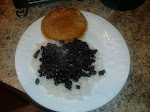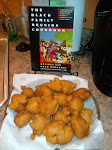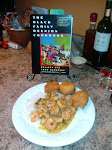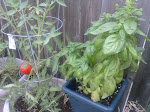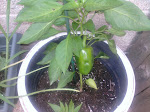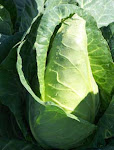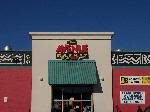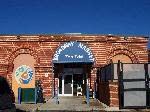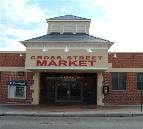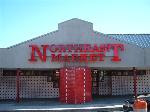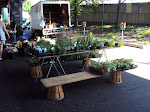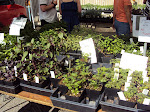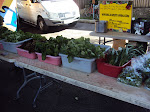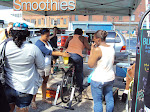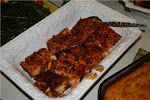Wow, I just got through watching this MSNBC program on supermarkets! Did you know that we are all participating in the largest running psychological experiment ever when we go grocery shopping? I jokingly say I don't sign up for the 'loyalty cards' - those little things that go on your key chain - because I don't want to be on another database. Well, this program talked about how those loyalty cards are used to 'profile' your buying habits down to the penny. You might save a little money, but the store builds a growing database on you and learns how to entice you even more to spend.
There are 35,000 supermarkets in the US. On average they carry about 48,000 products. Since the profit margin is very small - 1/2 to 2% - supermarkets do everything they can to get us in the store and to shop more. Milk, butter, and eggs are placed in the back of the store so that by walking through the store we'll be more apt to buy other things. No more straight, up and down aisles in new stores. They make you meander through them to draw your attention towards more items. Shopping carts are getting bigger, which makes you buy more to fill them up.
Other interesting segments of the program were onWhole Foods Market, the battle for shelf space, and independent grocery stores (barely 1 in 5 stores are independent). Tomorrow I'm going to look to see if there is a CD on the show.
In closing, a psychologist on the program recommended three tips to spending less in a supermarket: 1) don't bring the kids, 2) don't use a shopping cart; and 3) don't use a credit card.
American Diabetes Association: conflicted interests
15 hours ago
